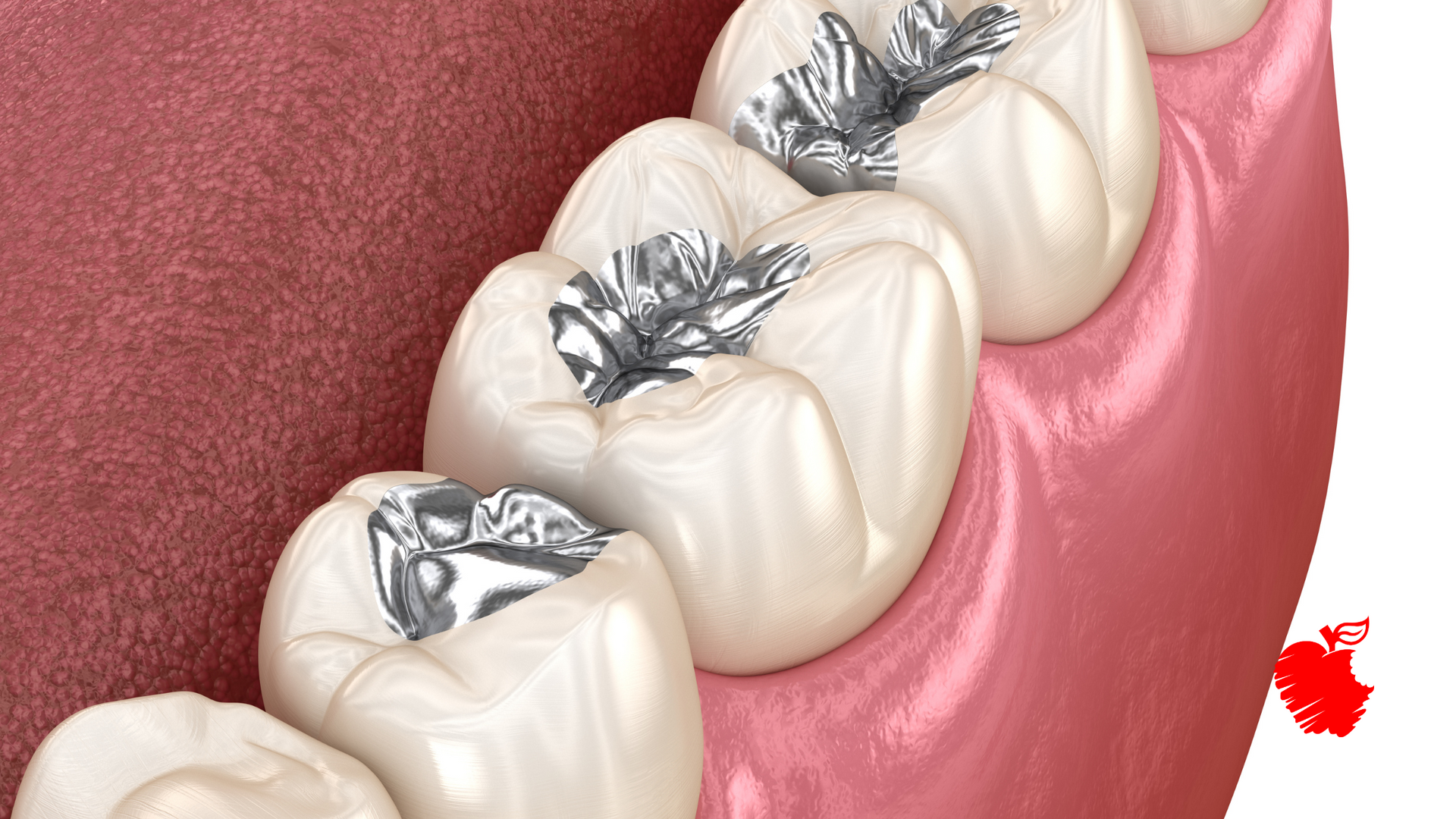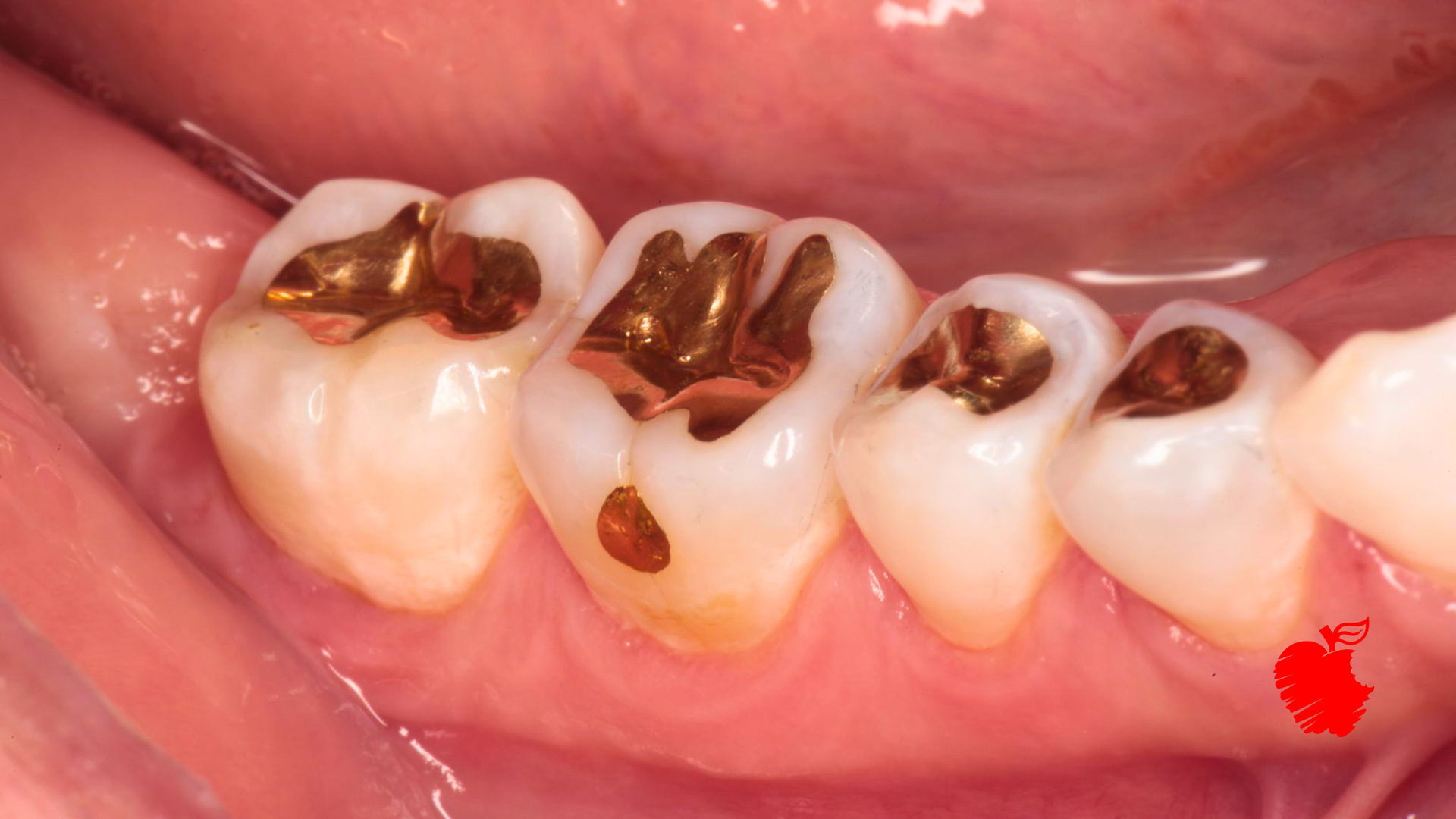Confused About Different Types of Dental Fillings? Here is What You Need to Know

Source: Dr. Marketing
Dental fillings are an essential part of modern dentistry, helping to restore teeth damaged by cavities or minor fractures. However, with a variety of filling materials available today, choosing the right one can be confusing. Each type of filling has its own set of benefits and limitations, and the ideal choice depends on factors like the cavity’s size, location, your budget, and personal preferences.
Understanding the pros and cons of these materials, their longevity, and their suitability for different situations is crucial for making an informed decision about your dental care. At Total Dental Care of South Carolina, located in Columbia, South Carolina, we specialize in guiding our patients through this process, ensuring their teeth are restored with the best options available.
What Are Dental Fillings?

Dental fillings are materials used to repair and restore teeth affected by decay, minor fractures, or damage. The process involves removing the decayed portion of the tooth and filling the cavity to restore its structure and functionality. Fillings prevent further decay, protect the tooth from additional damage, and improve its appearance.
While all fillings serve the same purpose, the materials used can differ significantly in terms of durability, appearance, and cost. These differences make it important to choose a material that suits both your dental needs and lifestyle.
Common Types of Dental Fillings

Composite Resin Fillings
Composite resin fillings are among the most popular options due to their natural, tooth-colored appearance. They are made from a mixture of plastic and fine glass particles, making them ideal for small to medium-sized cavities, especially in visible areas of the mouth.
- Pros: Composite fillings blend seamlessly with natural teeth, making them an excellent choice for front teeth and other visible areas. They bond directly to the tooth structure, providing additional support and requiring less removal of healthy enamel. Composite fillings are versatile and can also be used to repair chips or gaps in teeth.
- Cons: Composite fillings are less durable than other materials, typically lasting 5 to 10 years. They are prone to staining over time, especially with frequent consumption of coffee, tea, or tobacco. Composite fillings are also slightly more expensive than amalgam fillings.
Amalgam Fillings
Amalgam fillings, commonly referred to as silver fillings, have been a staple in dentistry for over a century. Made from a combination of metals including mercury, silver, tin, and copper, amalgam fillings are known for their strength and durability.
- Pros: Amalgam fillings are highly durable and can withstand significant chewing forces, making them an excellent choice for molars and other back teeth. They are cost-effective and often last longer than composite fillings, typically 10 to 15 years or more.
- Cons: The metallic color of amalgam fillings makes them less desirable for visible teeth. They can expand or contract with temperature changes, potentially causing small cracks in the surrounding tooth structure. Additionally, some patients may have concerns about the mercury content, although studies have affirmed its safety in dental applications.

Ceramic Fillings
Ceramic fillings, typically made from porcelain, are a popular choice for patients who prioritize aesthetics. These fillings are custom-made in a dental lab and are highly resistant to staining.
- Pros: Ceramic fillings closely mimic the appearance of natural teeth, making them an ideal option for visible areas. They are durable and can last up to 15 years or more with proper care. Ceramic materials are also resistant to discoloration, maintaining their appearance over time.
- Cons: Ceramic fillings are more expensive than composite or amalgam options. The placement process is more involved, often requiring multiple visits since the filling must be custom crafted in a lab.
Gold Fillings
Gold fillings are considered a premium option for dental restorations due to their exceptional durability and ability to withstand heavy chewing forces. They are custom-made in a dental lab and cemented into place for a precise fit. While gold fillings can last 20 years or more with proper care, their noticeable appearance and higher cost have made them less common in modern dentistry.
- Pros: Gold fillings are incredibly durable and resistant to wear, often lasting 20 years or more. They do not corrode and can withstand significant chewing forces, making them an excellent option for back teeth.
- Cons: Gold fillings are the most expensive filling option. Their metallic appearance is highly visible, which may be undesirable for some patients. The process also requires multiple visits to complete.
Glass Ionomer Fillings
Glass ionomer fillings are made from a blend of acrylic and glass and are often used for small cavities or areas near the gumline. These fillings release fluoride, helping to protect the tooth from further decay.
- Pros: Glass ionomer fillings are ideal for children’s teeth or areas with minimal chewing pressure. The fluoride release provides additional protection against cavities. The material bonds directly to the tooth, making it less invasive.
- Cons: These fillings are less durable than other materials, typically lasting 5 to 7 years. They may not match the natural tooth color as well as composite or ceramic fillings and are not suitable for areas subjected to heavy chewing forces.
How to Choose the Right Filling Material

Selecting the best filling material depends on several factors, including the location and size of the cavity, your budget, and your aesthetic preferences.
For Front Teeth
If the cavity is in a visible area, such as the front teeth, composite resin or ceramic fillings are the preferred options. Their tooth-colored appearance ensures a natural and attractive look, blending seamlessly with your smile.
For Back Teeth
Back teeth, such as molars and premolars, endure significant chewing forces. For these teeth, amalgam, gold, or ceramic fillings are ideal due to their durability and resistance to wear. While amalgam is cost-effective, ceramic and gold offer longer-lasting results.
For Small Cavities
For smaller cavities, particularly in children’s teeth or areas near the gumline, glass ionomer fillings are an excellent choice. Their fluoride-releasing properties help strengthen the tooth and prevent future decay.
For Longevity
If you prioritize long-term durability, gold or ceramic fillings are the best options. Although they are more expensive, their longevity and resilience make them a worthwhile investment for maintaining oral health.
At Total Dental Care of South Carolina, located in Columbia, South Carolina, our team evaluates each patient’s unique needs to recommend the best filling material. Whether you prioritize aesthetics, durability, or cost, we help you make an informed decision.
How Long Do Dental Fillings Last?

The longevity of a filling depends on the material used, the cavity’s size and location, and how well it is maintained:
- Composite Resin: 5–10 years.
- Amalgam: 10–15 years or more.
- Ceramic: 10–15 years.
- Gold: 20+ years.
- Glass Ionomer: 5–7 years.
Modern dentistry has seen a significant shift away from metal fillings, such as amalgam, toward composite resin. This transition is largely due to the numerous benefits composite fillings provide. One of the most notable advantages is their aesthetic appeal. Composite fillings are tooth-colored, enabling them to blend seamlessly with the natural shade of your teeth, making them virtually undetectable.
In addition to their visual appeal, composite fillings offer peace of mind for patients concerned about potential health risks associated with metal fillings. Although research on the effects of amalgam fillings, including their mercury content, is ongoing, many individuals prefer a metal-free alternative for added reassurance. Composite fillings cater to these preferences, providing a safe and reliable solution.
Another key benefit of composite resin is its cost-effectiveness and durability. These fillings are suitable for a wide range of dental concerns and offer a long-lasting restoration when properly cared for. At Total Dental Care of South Carolina, we prioritize treatments that combine functionality, aesthetics, and patient preferences, making composite fillings a popular choice for modern dental care.
Caring for Your Fillings

Maintaining your dental fillings is essential for their longevity and your oral health. Here are some tips:
Brush and Floss Daily
Brushing with fluoride toothpaste twice a day strengthens teeth and protects the area around the filling. Flossing is also important to remove food particles and plaque that can build up near the filling edges, reducing the risk of decay.
Avoid Hard Foods
Chewing on hard items like candies, ice, or nuts can cause fillings to crack or loosen over time. Choosing softer food options and avoiding unnecessary stress on your teeth helps keep your fillings intact.
Limit Staining Substances
Composite resin fillings can stain from coffee, tea, red wine, or tobacco. Reducing consumption of these items and rinsing your mouth after indulging can minimize discoloration and maintain the natural look of your fillings.
Regular Dental Visits
Routine checkups allow your dentist to monitor the condition of your fillings and detect issues early. Professional cleanings also help maintain their appearance and ensure your overall oral health stays on track.
Making the Right Choice for Your Smile

Dental fillings play a critical role in restoring oral health and protecting teeth from further decay. With various options available—from composite resin to gold—understanding the pros and cons of each material is key to selecting the best solution. Whether you value aesthetics, durability, or cost, there is a filling to suit your needs.
At Total Dental Care of South Carolina, located in Columbia, South Carolina, we provide personalized guidance and top-quality care to ensure your smile is both healthy and beautiful. Contact us today to schedule an appointment and learn more about the best filling options for your dental health.



